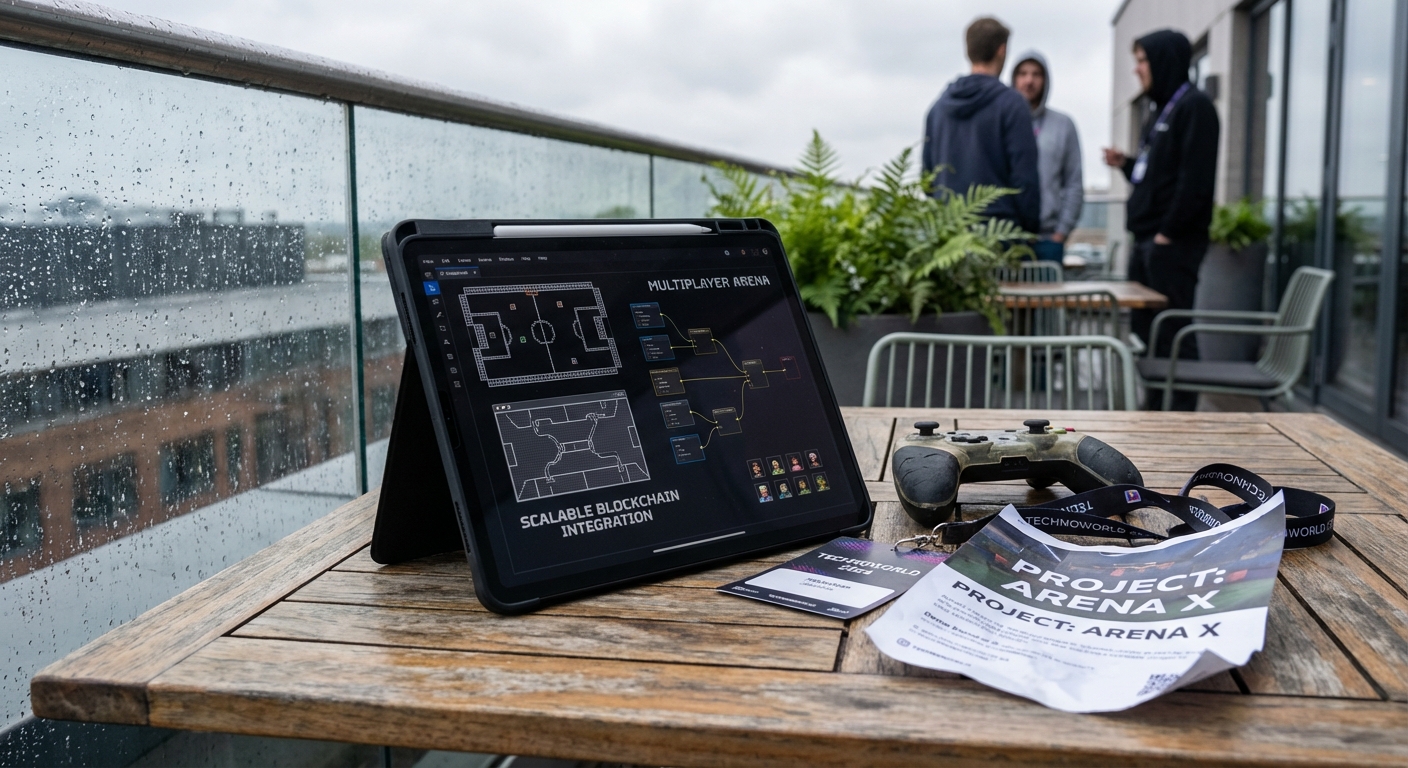How Mini-Games Drive On-Chain Engagement: Crypto Project Case Studies
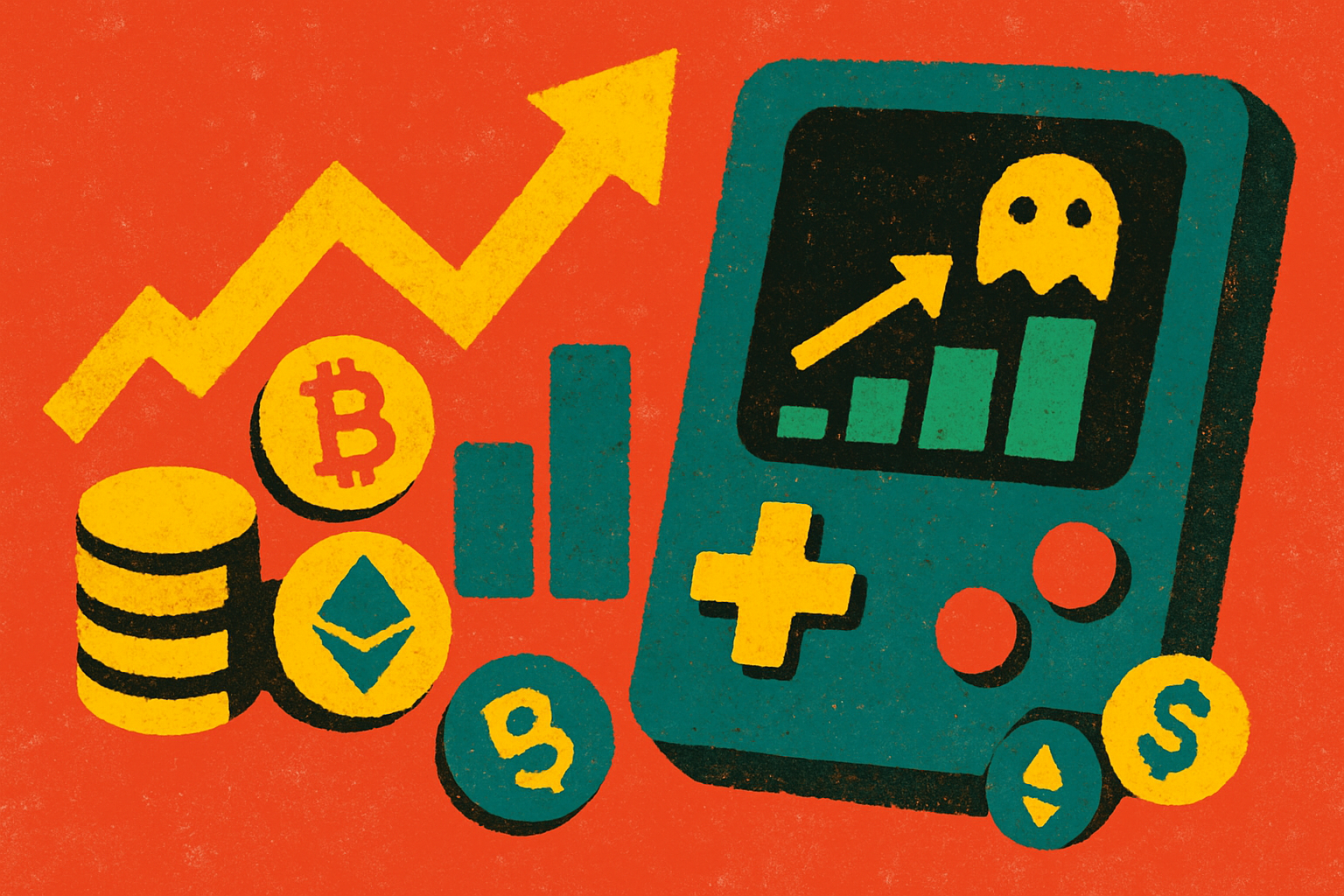
Mini-games have become the secret sauce for driving explosive on-chain engagement. As blockchain gaming evolves, projects are leveraging bite-sized, addictive gameplay to onboard users, deepen community bonds, and supercharge on-chain activity. The latest moves in the space – including Uniswap Labs’ acquisition of Crypto: The Game (CTG) – prove that mini-games aren’t just a novelty. They’re a tactical growth engine for both user adoption and protocol stickiness.
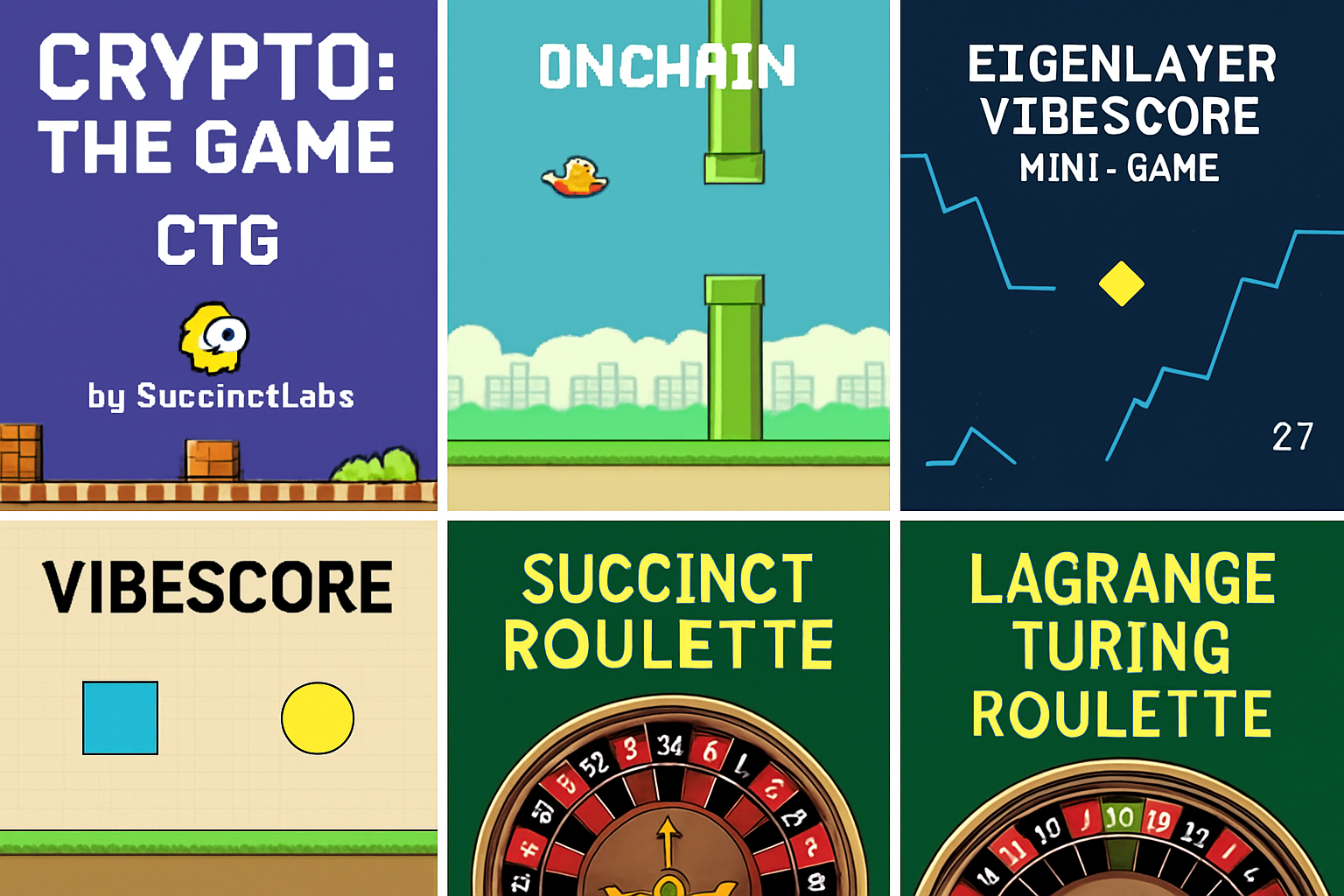
Why Mini-Games Matter in the On-Chain Era
Let’s be clear: onboarding new users into crypto is still a pain point. Complex wallets, unfamiliar mechanics, and high-stakes DeFi can scare off even the most curious gamers. Mini-games flip this script by offering low-pressure entry points with instant rewards. They’re fun, fast-paced, and packed with incentives like NFTs or on-chain reputation boosts.
But it’s not just about fun. These games create real economic loops by encouraging token usage, NFT trading, and social competition right on the chain. In 2025’s hyper-competitive ecosystem, projects that master mini-game engagement are winning mindshare – and market share.
The Power Players: Case Studies in On-Chain Mini-Games
Let’s break down four leading crypto projects that have cracked the code using mini-games as their growth engine:
Top On-Chain Mini-Games Boosting Blockchain Engagement
-

Crypto: The Game (CTG) by Uniswap Labs:Acquired by Uniswap Labs in 2024, CTG is an interactive, on-chain survival game inspired by reality TV competitions. Hosted on the Base Layer 2 network, players compete in daily challenges, form alliances, and vote each other out, with the last participant standing winning a crypto prize. The game’s social strategy and on-chain voting mechanics have made it a standout for community engagement.
-
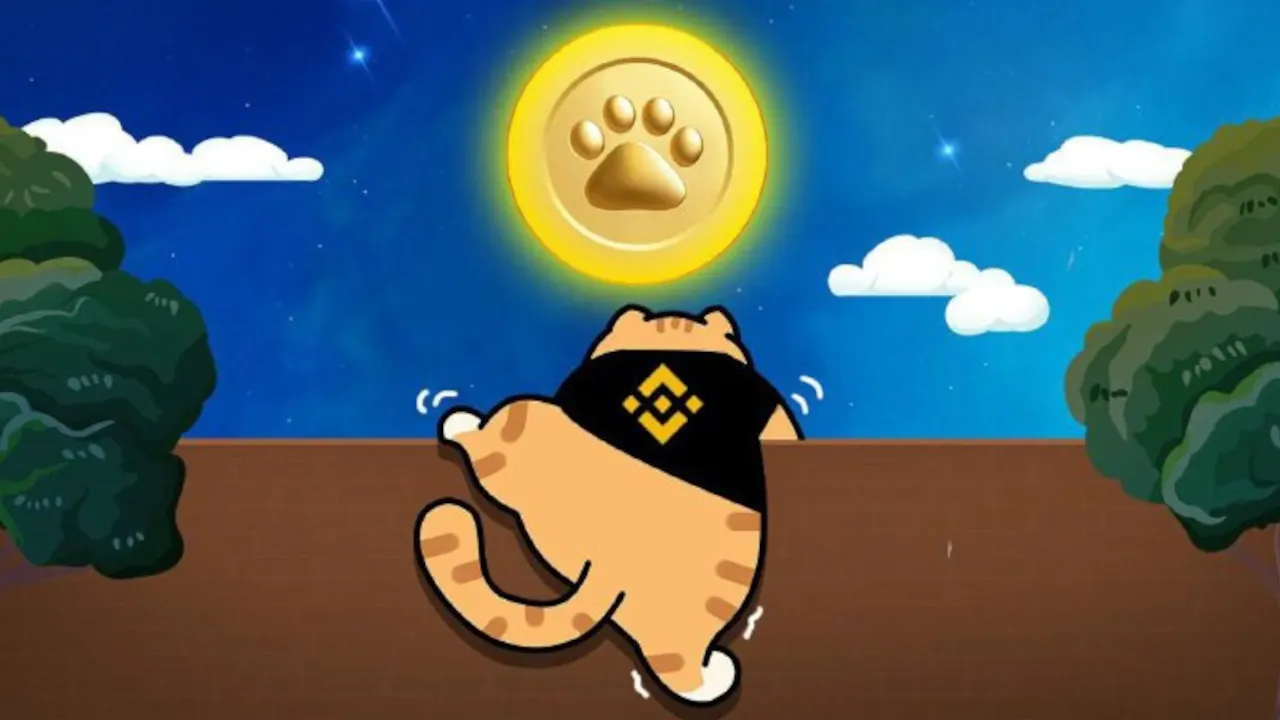
SuccinctLabs Flappy Bird Onchain:This project brings the classic Flappy Bird experience fully on-chain, leveraging SuccinctLabs’ expertise in zero-knowledge proofs and blockchain infrastructure. Players interact directly with smart contracts to control their bird, with every move and score transparently recorded on-chain, showcasing the potential for provably fair and verifiable blockchain gaming.
-
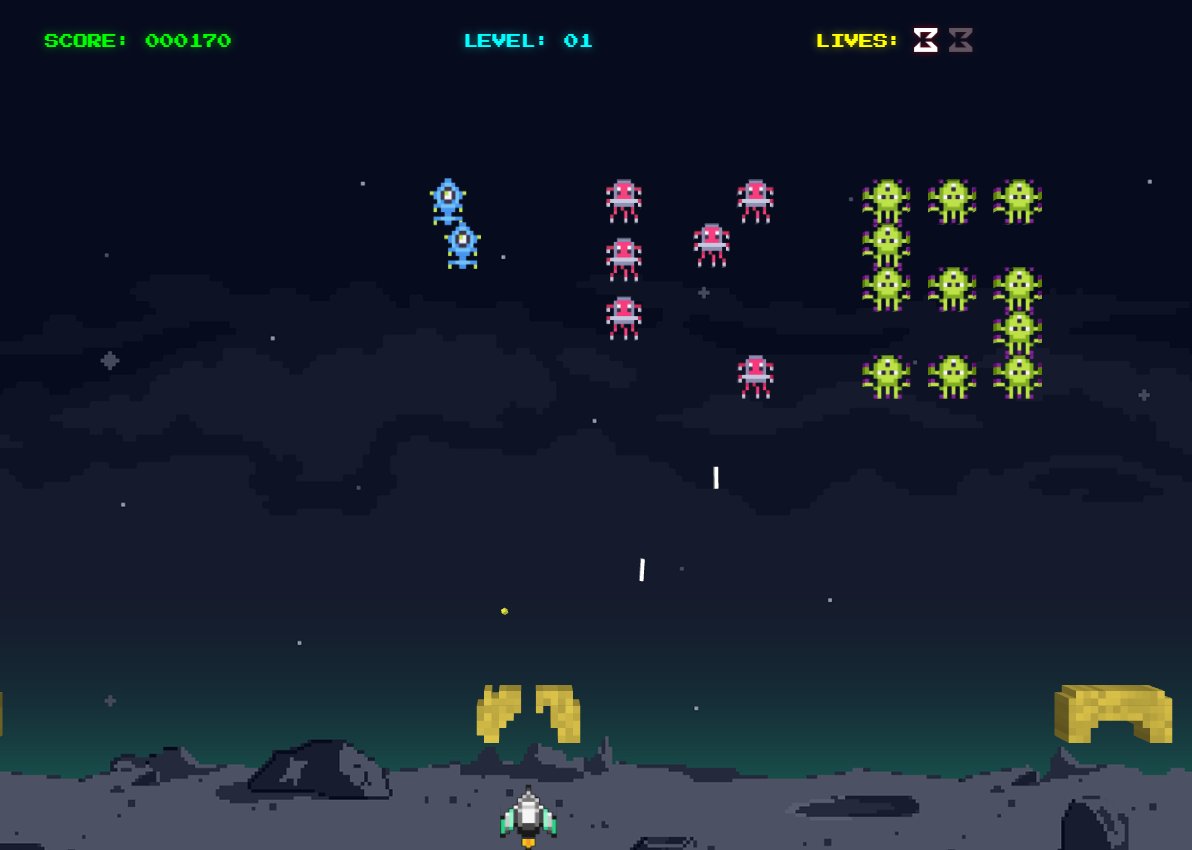
EigenLayer Vibescore Mini-Game:Part of the EigenLayer ecosystem, the Vibescore Mini-Game incentivizes users to participate in on-chain activities and governance. Players earn points (Vibescore) by engaging with the platform, completing tasks, and interacting with new features, all tracked transparently on-chain. This gamified approach has helped drive deeper user involvement and retention.
-

Lagrange Turing Roulette:Lagrange’s Turing Roulette is an innovative blockchain mini-game that tests users’ luck and knowledge through randomized, on-chain spins. By integrating cryptographic randomness and smart contract logic, the game offers provably fair outcomes and rewards, serving as both an educational tool and a fun entry point for new users exploring on-chain mechanics.
Crypto: The Game (CTG) by Uniswap Labs
Uniswap’s recent acquisition of CTG is a watershed moment for on-chain gaming. CTG is a Survivor-style elimination game built directly on Base Layer 2. Hundreds of contestants compete in daily challenges and social alliances until one walks away with the prize pot – all verifiable on-chain.
This isn’t just entertainment; it’s community bootstrapping at scale. Each round drives wallet connections, governance votes, and token swaps right inside the game loop. The viral nature of CTG has proven that mini-games can turn spectators into active protocol participants overnight.
SuccinctLabs Flappy Bird Onchain
If you thought Flappy Bird was addictive before – wait until every tap is recorded immutably! SuccinctLabs brought this classic to blockchain with an elegant twist: each playthrough is an on-chain transaction validated via zero-knowledge proofs. Players compete for leaderboard dominance while learning how decentralized validation works in real time.
The result? Gamified education meets raw competition – perfect for onboarding new users into complex cryptography concepts without ever opening a whitepaper.
Elevating Protocols With Social Competition
The next wave of mini-game innovation is all about social dynamics layered over trustless infrastructure. Projects like EigenLayer Vibescore Mini-Game use playful mechanics to incentivize validator participation and boost restaking activity; meanwhile Lagrange Turing Roulette gamifies randomness generation itself as players bet on outcomes tied to protocol entropy sources.
This convergence of competition and collaboration means every click can drive protocol security or governance – not just personal gain. For traders eyeing momentum plays or developers seeking sticky user flows, these case studies offer actionable blueprints for building high-retention Web3 experiences from day one.
Mini-games are now the frontline for experimentation, onboarding, and sticky user engagement in the on-chain world. By lowering the stakes and raising the fun factor, these projects have ignited new patterns of participation that traditional DeFi apps and metaverse platforms struggle to match. Let’s see how the remaining power players are pushing boundaries with game mechanics that directly serve their protocol goals.
EigenLayer Vibescore Mini-Game
EigenLayer has introduced a clever twist on validator incentives with their Vibescore Mini-Game. In this on-chain contest, users compete by restaking tokens and performing protocol actions to rack up “vibes” – a social score reflecting positive contributions. The top scorers earn rewards, NFTs, or governance perks, creating a feedback loop between playful competition and core network security.
This approach transforms what could be dry infrastructure participation into an accessible game, driving both retention and deeper technical engagement. For EigenLayer, it’s a win-win: more active validators and a community that feels invested through play.
Lagrange Turing Roulette
Lagrange’s Turing Roulette is a standout example of how randomness can become not just a protocol primitive but a game in itself. Here, players bet on algorithmically generated outcomes tied to on-chain entropy sources. Every spin is provably fair and transparent, all results are verifiable by any participant.
This mini-game doesn’t just entertain; it educates users about randomness generation and cryptographic proofs in an interactive way. It also creates micro-economies around betting strategies and prediction markets, all secured by smart contracts.
What Makes These Mini-Games So Effective?
- Frictionless Onboarding: Simple mechanics mean anyone can jump in, no deep crypto knowledge required at first touch.
- Real-Time Rewards: NFTs, tokens, leaderboard status, instant gratification keeps users coming back daily.
- Protocol Alignment: Every action (staking, voting, playing) supports underlying network health or governance, not just isolated gameplay.
- Community Flywheel: Social features (alliances, leaderboards) amplify word-of-mouth growth while deepening retention.
The data speaks for itself: projects that deploy mini-games see measurable spikes in wallet connections, transaction counts, NFT mints/trades, and social engagement metrics. For protocols like Uniswap Labs’ CTG or EigenLayer’s Vibescore Mini-Game, these aren’t vanity numbers, they’re leading indicators of robust community formation and sustainable token utility.
Top Strategies: High-Retention On-Chain Mini-Games
-
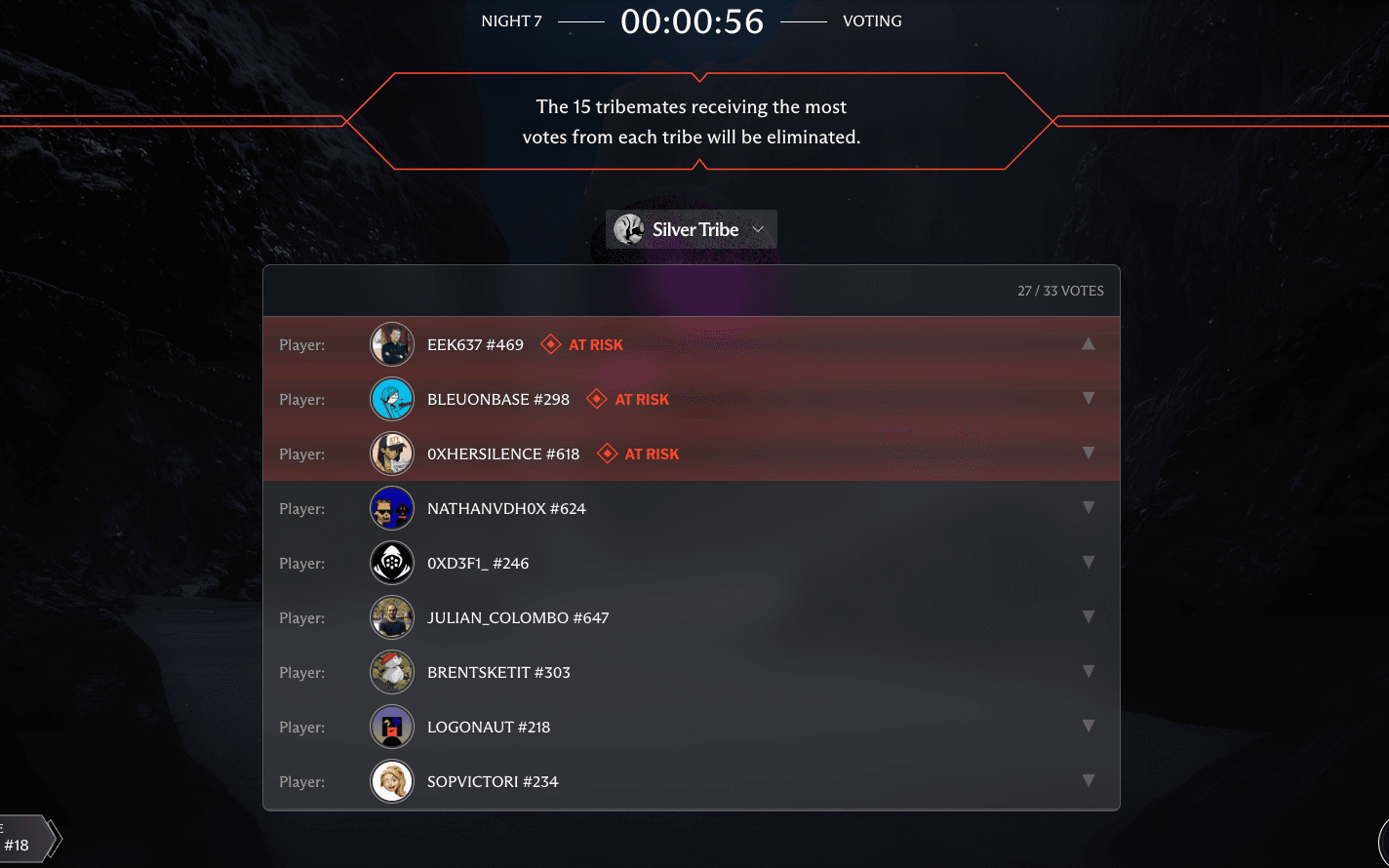
Crypto: The Game (CTG) by Uniswap Labs:CTG is an interactive, on-chain survival mini-game recently acquired by Uniswap Labs. Inspired by reality TV competitions, players complete daily challenges and vote each other off, with the last contestant winning on-chain rewards. CTG’s social voting mechanics and progressive elimination keep users engaged and returning daily.
-
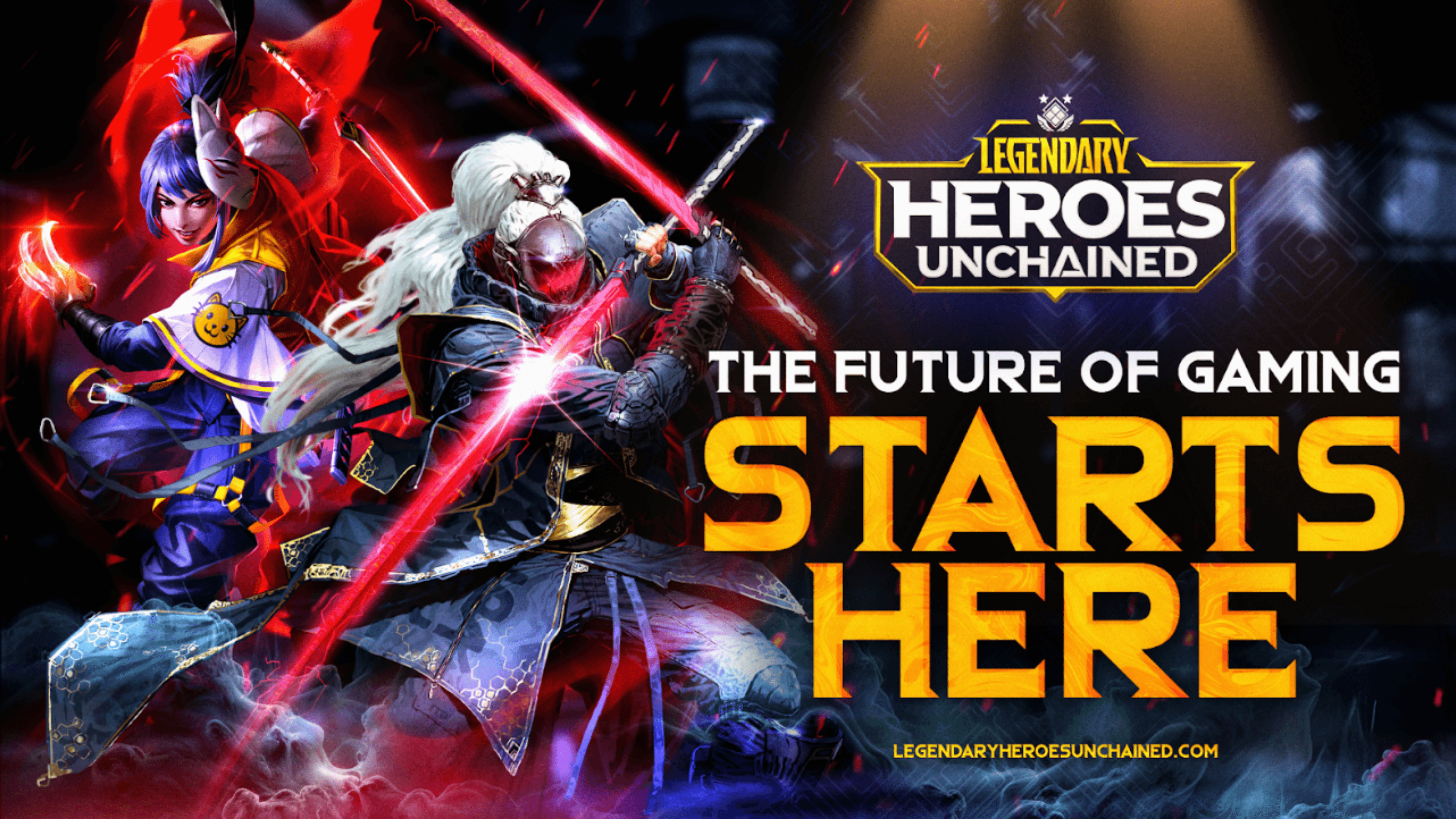
SuccinctLabs Flappy Bird Onchain:This mini-game reimagines the viral Flappy Bird experience on-chain. Players guide a bird through obstacles, with every move and score recorded on the blockchain. Simple gameplay and on-chain leaderboards drive repeat play and foster friendly competition among users.
-

EigenLayer Vibescore Mini-Game:EigenLayer’s Vibescore mini-game incentivizes users to interact with the protocol by rewarding positive on-chain actions. Through gamified tasks and real-time feedback, players earn points and badges, boosting retention and protocol participation.
-

Lagrange Turing Roulette:Lagrange’s Turing Roulette is a blockchain-based game where users spin a digital roulette wheel for a chance to win crypto rewards. Provably fair outcomes and instant on-chain payouts create an engaging, trustless experience that keeps users coming back.
Looking Ahead: The Future of On-Chain Engagement
The momentum isn’t slowing down anytime soon. As frameworks like MUD and Dojo mature, and as more protocols recognize the value of playful onboarding, we’ll see mini-games become core growth levers across DeFi, infrastructure layers, and even DAO governance processes.
If you’re building or trading in Web3 gaming economies right now: study these case studies closely. The next wave of viral adoption will be forged at the intersection of social gaming loops and protocol utility, and those who catch this wave early are primed to ride it all the way up the charts.







